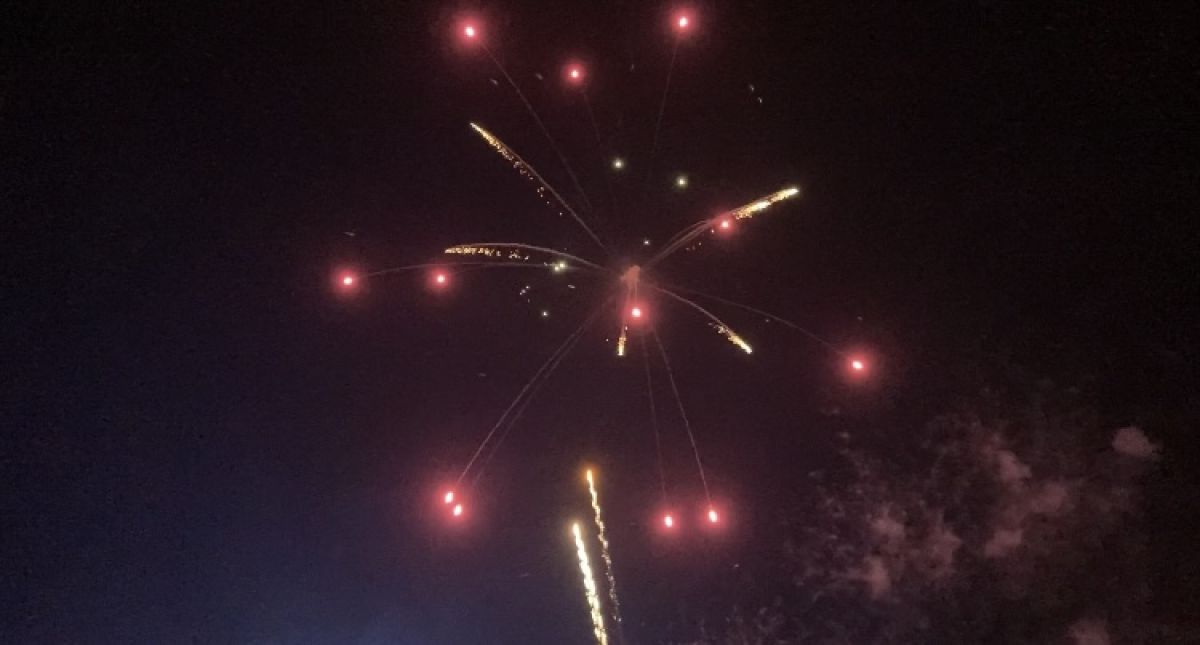Chemistry of KA-BOOM!

As winter approaches, there are many glorious occasions to celebrate. However, one occasion has the ability to take us straight back to childhood – Bonfire Night. There’s always something magical about the sound and sight of fireworks, be it holding a sparkler at maximum arm’s length for fear that you’d burn yourself, or watching them go ‘wheeee’ and ‘ka-boom’ from your living room window. But, what’s the science behind fireworks?
Modern-day fireworks originated as simple ‘firecrackers’ in the Song Dynasty, China, in around the 9th century. They are an elegant use of an invention that has historically contributed to beautiful celebration and terrible devastation – gunpowder.
The first known explosive was derived from a sulphur and charcoal fuel, combined with a potassium nitrate oxidiser. This combination is still widely used as a principal ingredient in fireworks, due to its classification as a ‘low- explosive’. When it’s ignited, its slow decomposition rate will allow it to burn slower and for longer; hence why we can see the firework climb into the sky.
Fireworks are able to explode in different colours due to a component of pyrotechnical design that will be familiar to many from GCSE science classes, where teachers often set alight magnesium coils. The chemistry of organometallics, which are substances which contain carbon-metal bonding, provides much of the scientific explanation for the bright colours seen. For example, Sodium is often included to provide an optically intense gold/yellow emission, and Barium Chloride helps turn fireworks green. Sparklers are mainly composed of Iron and Aluminium metal to produce sparks and white/silver sparking effects, which give them their namesake.
All these need to be ultimately held together by a binder, that will contain the fuel and colour components together whilst preventing spontaneous combustion. They include time-delayed fuses to allow fireworks to travel high up before forming their star pattern.
Take a moment to reflect on the centuries-old chemistry that enables you to enjoy a fireworks display this 5th November.







